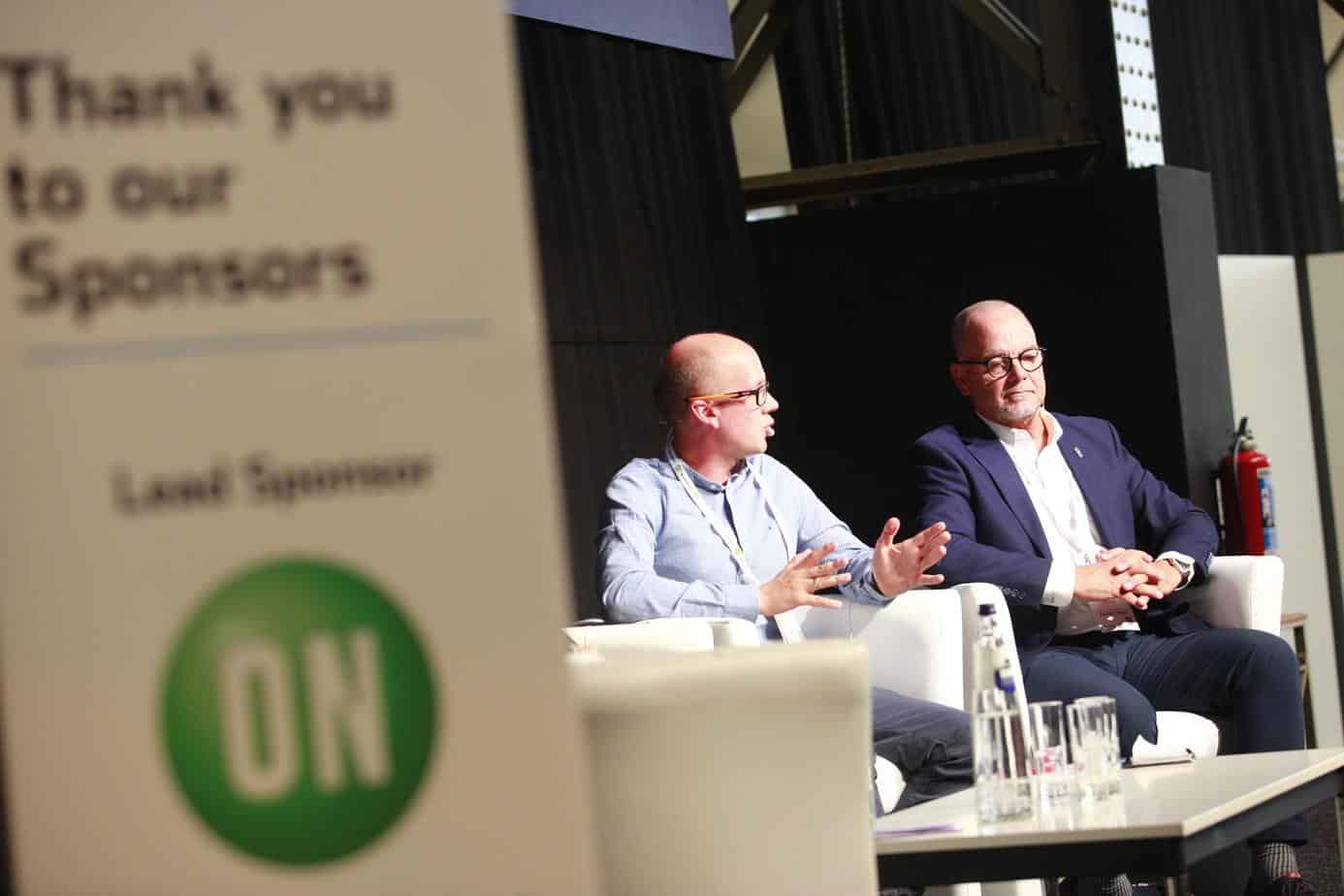 Modern day explorers at AutoSens in Brussels
Modern day explorers at AutoSens in Brussels
The build up to AutoSens in Brussels this year (2019) was in some ways more relaxing as the event cements its place in the market and we are assured of a strong attendance. With several new initiatives launching onsite this September, we were still as busy as ever over the weeks leading up to the world’s leading conference for engineers and scientists working on vehicle perception technologies.
With speakers representing the full gamut of the supply chain and an agenda addressing the very latest technical challenges and state-of-the-art in sensors, processors, and software, there was a lot to digest. The event this year attracted 575 visitors into the AutoWorld museum and featured a sell-out exhibition floor.
 Top 3 take-aways
Top 3 take-aways
Here are three important key take-aways we’d like to share with those both onsite and those otherwise engaged…
- Sensors are getting smarter – Whichever modality you consider, there is a trend for really pushing the envelope of sensors capabilities (too many presentations from this week to list here, but take a look at the agenda), creating some overlaps in performance outside the traditional remit of each mode. This can potentially bring greater perception capabilities from a smaller number of sensors, reduce system costs by adding more functionality from a single sensor package. Of course, we still need redundancy, so a range of sensors per vehicle is probably a necessity but we may need to rethink the more established setup of standard camera, LiDAR and radar.
- China will have an increasing influence – Whether you look at the investment statistics presented by Rudy Burger of Woodside Capital, the number of Chinese companies attending AutoSens globally, or the rapidly evolving domestic automotive market – all signs point to a very well-resourced industry (both financially and technically) with big ambitions in the vehicle perception arena. It’s no coincidence that we are going to China with AutoSens in 2020, hosting the event at Hong Kong’s Science and Technology Park from 17-19 November. We would all do well to listen to, and engage with, Chinese companies in this space as their collective influence increases over the coming years.
- We’re going to say it again, there are no disillusioned engineers in the room! – We heard again that the hype around autonomous vehicles is dropping off as we start the descent into Gartner’s ‘Trough of Disillusionment’. However, all the engineers and scientists we meet have known all along that developing level 4 and 5 was a very significant challenge indeed. Contrary to disillusionment, that just drives scientists to work harder and think smarter as we work towards the shared goal of human-level perception. The AutoSens community is as engaged as ever, as energised as ever, and presents significant progress each time we meet at AutoSens.
 During the very engaging panel discussion on the challenges of safety in AI, with discussion skilfully guided by Junko Yoshida of EE Times, our MD and Event Director, Rob Stead posed the question ‘Is it still worth pursuing level 4 or 5 vehicles?’. Given that we may need to reach near General Intelligence levels of AI to cope with the incredibly challenging driving scenarios (which may take 30 years or more) is it really worth it?
During the very engaging panel discussion on the challenges of safety in AI, with discussion skilfully guided by Junko Yoshida of EE Times, our MD and Event Director, Rob Stead posed the question ‘Is it still worth pursuing level 4 or 5 vehicles?’. Given that we may need to reach near General Intelligence levels of AI to cope with the incredibly challenging driving scenarios (which may take 30 years or more) is it really worth it?
What is fairly clear by now is that predictions of fleets of robotaxis on the roads by 2020 were optimistic at best. There has been incredible progress, however, and we heard from Cruise about their latest test vehicle that’s rolled off the GM production line – a significant step towards series production. The safety barrier has still not been met, holding back commercial deployment for now, but thinking on that has been evolving too, as illustrated by presentations from Prof Philip Koopman of Carnegie Mellon University and Edge Case Research, as well as Therese Cypher-Plissart of the Renault Nissan Mitsubishi Alliance, among others.
The time will come, and regardless of how long it will be before level 5 vehicles are ubiquitous, every piece of knowledge we gain can be applied in ADAS development. Driven by the inevitable increase in ADAS in NCAP tests, forthcoming regulations and consumer demand for safety and comfort, research into sensors, computer vision and safety remain a worthwhile and commercially viable pursuit indeed. But regardless of these incentives, it’s the thirst for solving technical challenges that drives most progress within the AutoSens community.
 While the planet’s physical extremities have been explored pretty much to their maximum extent (on land at least), our understanding of physics and the possibilities of advanced electronics are still at a relatively embryonic stage. Scientists are the explorers of the modern day, embarking on adventures of exploration at the micro and nano scale to discover, populate and flourish in new regions in the world of materials science and electronics. Their sense of adventure has never been stronger, and that in itself will propel us towards our ambitious goals in the world of vehicle perception.
While the planet’s physical extremities have been explored pretty much to their maximum extent (on land at least), our understanding of physics and the possibilities of advanced electronics are still at a relatively embryonic stage. Scientists are the explorers of the modern day, embarking on adventures of exploration at the micro and nano scale to discover, populate and flourish in new regions in the world of materials science and electronics. Their sense of adventure has never been stronger, and that in itself will propel us towards our ambitious goals in the world of vehicle perception.
We cannot wait to hear more tales of exploration at the next event!







